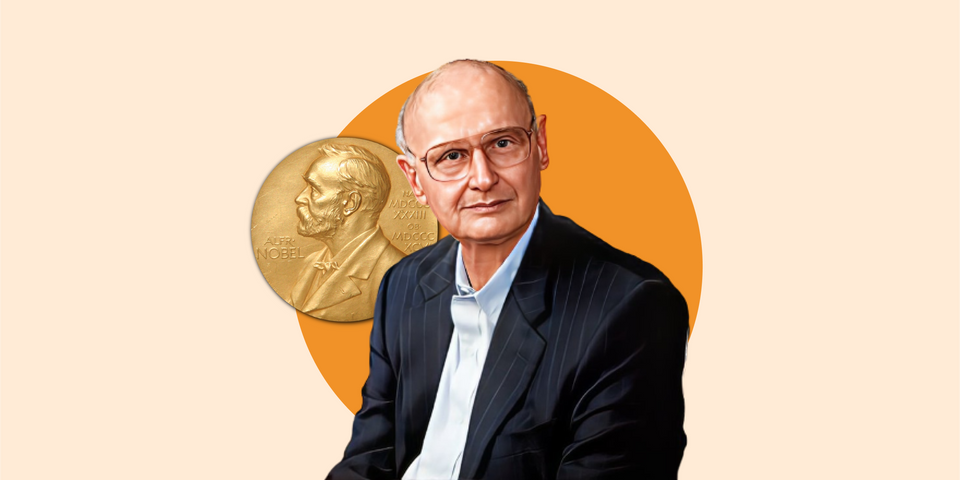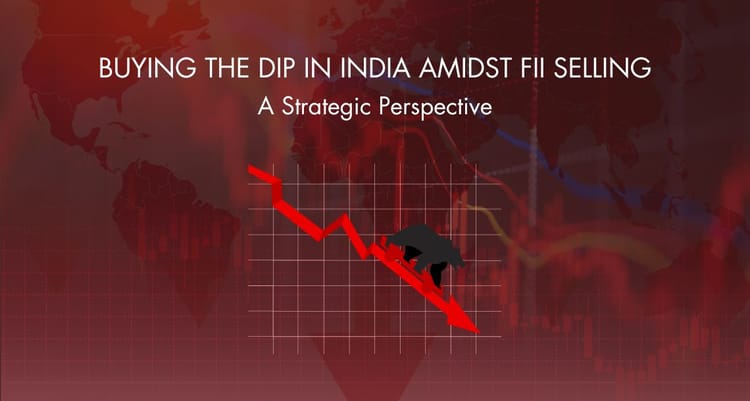Modern Portfolio Theory: Harry Markowitz's Nobel-Winning Investing Model

In the world of finance and investing, few theories have had as profound an impact as Modern Portfolio Theory (MPT). Developed by the brilliant economist Harry Markowitz, MPT is a Nobel Prize-winning model that revolutionized the way investors approach portfolio construction and risk management. In this blog, we will explore the essence of Modern Portfolio Theory, understand its key principles, and examine its significance in shaping the investment landscape.
The Foundation of Modern Portfolio Theory
Harry Markowitz introduced Modern Portfolio Theory in a seminal paper titled "Portfolio Selection" published in 1952. His groundbreaking work laid the foundation for the understanding of portfolio diversification and the relationship between risk and return. The core idea of MPT is that investors can optimize their portfolios by considering the relationship between expected returns and risk.
Key Principles of Modern Portfolio Theory
Diversification: Markowitz emphasized the importance of diversifying investments across different assets and asset classes. By holding a diversified portfolio, investors can reduce their overall risk without sacrificing potential returns.
Risk and Return Trade-Off: MPT acknowledges the trade-off between risk and return. Investors can potentially achieve higher returns by taking on more risk, but they must also be prepared for greater fluctuations in their portfolio's value.
Efficient Frontier: The efficient frontier is a key concept in MPT. It represents a set of portfolios that offer the maximum expected return for a given level of risk or the minimum risk for a given level of return. Investors aim to construct portfolios along the efficient frontier to optimize risk-adjusted returns.
Correlation: MPT emphasizes the importance of considering the correlation between assets in a portfolio. Assets that have a low or negative correlation can provide greater diversification benefits, reducing overall portfolio risk.
The Impact of Modern Portfolio Theory
Modern Portfolio Theory has had a profound impact on the way investors approach risk and portfolio construction. It laid the groundwork for the development of quantitative investment strategies, asset allocation models, and the use of statistical tools to analyze investment portfolios. MPT's insights are widely used in the finance industry, guiding portfolio managers, institutional investors, and individual investors in making informed decisions to achieve their financial goals.
Conclusion
Harry Markowitz's Nobel Prize-winning Modern Portfolio Theory is a cornerstone of modern finance, providing valuable insights into portfolio construction, risk management, and the trade-off between risk and return. By diversifying investments, understanding correlation, and optimizing portfolios along the efficient frontier, investors can make more informed and prudent decisions to achieve their investment objectives. As the investment landscape continues to evolve, the principles of Modern Portfolio Theory remain relevant and instrumental in guiding investors towards building robust and efficient portfolios.
FAQ
1. What is Modern Portfolio Theory (MPT)?
Modern Portfolio Theory (MPT) is a Nobel Prize-winning model developed by Harry Markowitz in 1952. It focuses on portfolio construction and risk management, emphasizing the relationship between risk and return and the benefits of diversification.
2. Who developed Modern Portfolio Theory?
Harry Markowitz, a brilliant economist, developed Modern Portfolio Theory. He introduced this theory in his seminal paper titled "Portfolio Selection" published in 1952.
3. What are the key principles of Modern Portfolio Theory?
The key principles of Modern Portfolio Theory include:
- Diversification: Spreading investments across different assets to reduce overall risk.
- Risk and Return Trade-Off: Understanding that higher returns come with higher risk.
- Efficient Frontier: Constructing portfolios that offer the maximum expected return for a given level of risk or the minimum risk for a given level of return.
- Correlation: Considering the correlation between assets to achieve greater diversification benefits.
4. What is diversification in the context of MPT?
In MPT, diversification involves spreading investments across various assets and asset classes. This reduces the overall risk of the portfolio without sacrificing potential returns by minimizing the impact of any single asset's poor performance.
5. What is the efficient frontier?
The efficient frontier is a key concept in MPT. It represents a set of portfolios that provide the maximum expected return for a given level of risk or the minimum risk for a given level of return. Investors aim to construct portfolios along the efficient frontier to optimize risk-adjusted returns.
6. How does correlation affect portfolio diversification?
In MPT, the correlation between assets is crucial. Assets with low or negative correlation provide greater diversification benefits, reducing overall portfolio risk. When one asset performs poorly, the other may perform well, balancing the portfolio's performance.
7. What is the impact of Modern Portfolio Theory on the finance industry?
Modern Portfolio Theory has profoundly influenced the finance industry. It has led to the development of quantitative investment strategies, asset allocation models, and the use of statistical tools to analyze investment portfolios. MPT's insights guide portfolio managers, institutional investors, and individual investors in making informed investment decisions.
8. How can investors use Modern Portfolio Theory to optimize their portfolios?
Investors can use MPT by:
- Diversifying their investments across different assets and asset classes.
- Analyzing the correlation between assets to achieve greater diversification.
- Constructing portfolios along the efficient frontier to optimize risk-adjusted returns.
- Understanding the trade-off between risk and return to make informed investment decisions.
9. Is Modern Portfolio Theory still relevant today?
Yes, Modern Portfolio Theory remains highly relevant today. Its principles of diversification, risk management, and optimizing portfolios along the efficient frontier continue to guide investors in building robust and efficient portfolios.
10. How did Harry Markowitz's work contribute to his Nobel Prize?
Harry Markowitz's work on Modern Portfolio Theory revolutionized the field of finance by providing a scientific approach to portfolio construction and risk management. His insights into diversification, risk and return trade-offs, and the efficient frontier earned him the Nobel Prize in Economic Sciences in 1990.






Member discussion